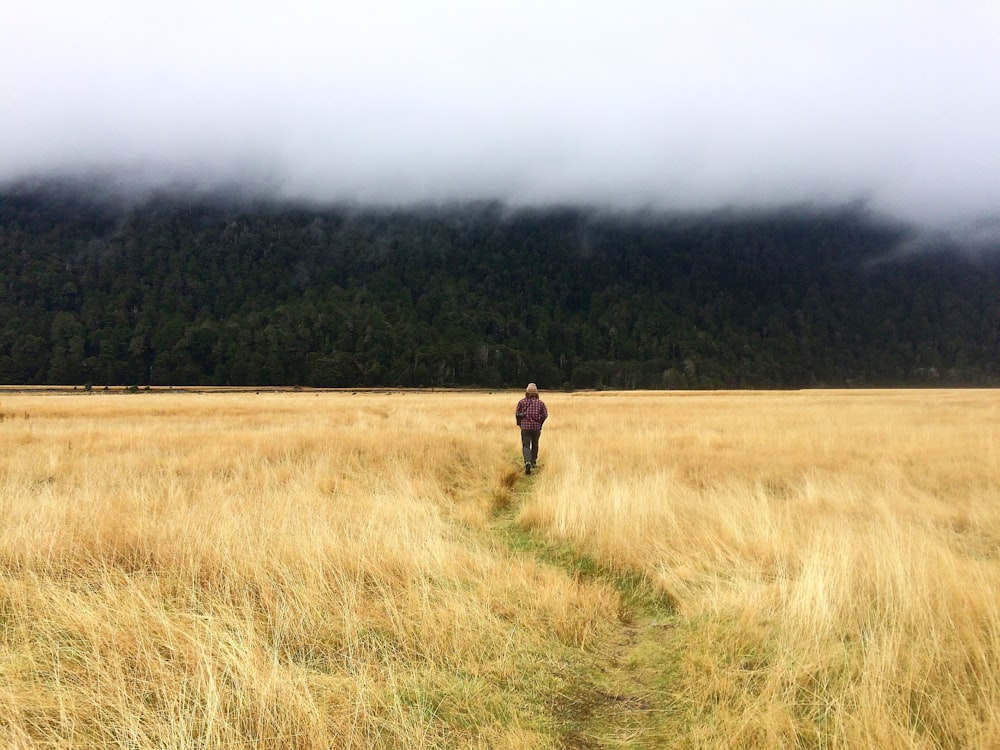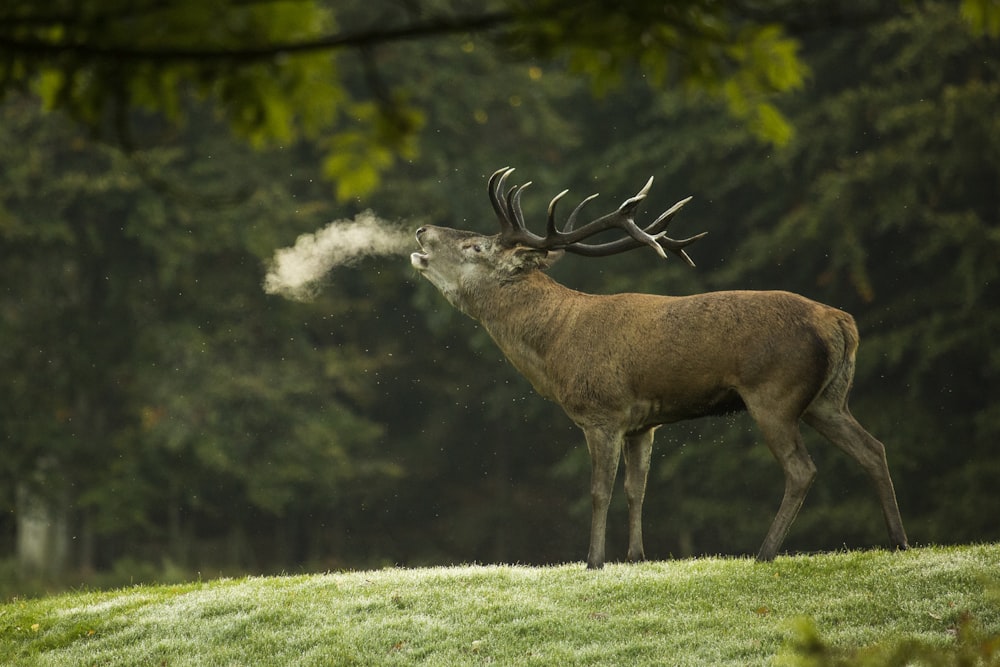Photography is not merely about capturing moments; it is an art form that enables individuals to convey emotions, stories, and beauty through visual imagery.
One fundamental principle that can significantly enhance the composition of photographs is the “Rule of Thirds.” In this article, we will explore what is the Rule of Thirds, why it matters, and how to apply it effectively to create captivating and engaging images.
What is the Rule of Thirds?
The Rule of Thirds is a basic principle that involves dividing an image into nine equal parts using two horizontal lines and two vertical lines, resulting in an overlay of a 3×3 grid.
The main subject of the photograph should be positioned along these lines or at their intersection points, where the eye naturally tends to fall. This technique helps create balanced, harmonious, and aesthetically pleasing compositions.
Understanding the Rule of Thirds
The Basics of Composition
Composition is the arrangement of elements within a photograph, and it plays a crucial role in how the image is perceived by the viewer. The Rule of Thirds is one of the most fundamental principles of composition. Instead of centering the subject, the frame is divided into nine equal parts by two equally spaced horizontal and vertical lines, creating four intersecting points known as the “points of interest.”
Dividing the Frame
Imagine a grid overlay on your viewfinder or screen, dividing the frame into three columns and three rows. The points of interest are where these lines intersect, and they serve as ideal placements for essential elements within the scene.
Placing Points of Interest
By positioning key elements such as the main subject, horizon, or other significant details along these grid lines or points of interest, you can add balance and visual appeal to your photograph. This technique encourages viewers to explore the entire image rather than fixating on a central point.
The Theory Behind the Rule of Thirds
Visual Balance and Harmony
The Rule of Thirds creates a harmonious balance in photographs, leading to a more pleasing and natural-looking composition. Placing elements off-center adds a sense of dynamism and intrigue, capturing the viewer’s attention.
Guiding the Viewer’s Eye
Using the Rule of Thirds strategically directs the viewer’s eye through the image. The lines and points of interest act as visual cues, leading the viewer from one element to another in a seamless manner.
Creating Dynamic and Engaging Shots
Static compositions often lack visual interest. The Rule of Thirds injects energy into images, making them appear more dynamic and engaging, thus evoking a stronger emotional response.
Implementing the Rule of Thirds in Different Scenarios
Landscape Photography
Landscapes can benefit immensely from the Rule of Thirds. Placing the horizon along one of the horizontal lines can emphasize either the sky or the foreground, depending on the scene’s emphasis.
Portrait Photography
When capturing portraits, positioning the subject’s eyes or face on one of the points of interest adds depth and allure to the image, drawing the viewer’s gaze to the person’s most expressive features.
Still Life and Architecture
Even in inanimate subjects, the Rule of Thirds can enhance the composition. Placing the focal point or leading lines along the grid lines creates a visually appealing and balanced shot.
Macro Photography
In macro photography, the Rule of Thirds can be used to compose striking images. Placing a background element or contrasting color on an intersecting point creates depth and adds interest to the photograph.
Street Photography
For street scenes, the Rule of Thirds can bring a sense of drama and energy to an image. Positioning people off-center can also reveal their interactions with the environment and tell a story.
Sports Photography
In sports photography, the Rule of Thirds can be used to emphasize the action. Placing the athlete in one of the intersecting points will create a dynamic image that captures the moment.
Tools and Techniques for Rule of Thirds Composition
Gridlines and Viewfinder Overlays
Most modern cameras allow you to enable gridlines or viewfinder overlays. These guides assist you in aligning your composition according to the Rule of Thirds.
Leading Lines and Vanishing Points
Incorporating leading lines that converge towards the points of interest can add depth and a sense of direction to your photographs.
Framing and Symmetry
Using natural elements or architectural elements as frames can draw attention to the main subject while adhering to the Rule of Thirds.
 Breaking the Rule: When and Why?
Breaking the Rule: When and Why?
Understanding Creative Intent
Although the Rule of Thirds is a valuable guideline, it is essential to recognize that breaking this rule can lead to striking and innovative compositions.
Emphasizing Central Subjects
Certain scenarios may call for centering the subject to evoke a sense of stability or to create a powerful visual impact.
Experimenting for Unique Perspectives
Photography is an art, and artists often push boundaries. Don’t be afraid to experiment with unconventional compositions to discover new and captivating perspectives.
Editing and Post-Processing for Rule of Thirds Images
Cropping and Resizing
During post-processing, cropping the image to align with the Rule of Thirds can significantly improve its impact.
Adjusting Balance and Symmetry
Fine-tuning the balance and symmetry of your photograph can enhance its appeal while maintaining the Rule of Thirds.
Highlighting Key Elements
Post-processing can help emphasize essential elements by adjusting contrast, brightness, or color.
FAQs
- Is the Rule of Thirds applicable to all types of photography?
- Yes, the Rule of Thirds is versatile and can be applied to various genres, including portraits, landscapes, still-life, and even street photography.
- Does using the Rule of Thirds guarantee a perfect photo?
- While the Rule of Thirds is an excellent guideline, it is not a guarantee of a perfect photo. Other factors like lighting, exposure, and storytelling also play crucial roles in creating compelling images.
- Can I apply the Rule of Thirds during post-processing?
- Yes, many photo editing software allows you to add the Rule of Thirds grid to your images, helping you adjust the composition during post-processing.
- Are there exceptions to the Rule of Thirds?
- Absolutely! Photography is an art form, and sometimes, breaking the rules intentionally can lead to extraordinary and innovative results.
- Is the Rule of Thirds only for professionals?
- Not at all! The Rule of Thirds is a basic principle that even beginners can easily grasp and apply to their photography for improved compositions.
Final Thoughts
The Rule of Thirds remains a timeless and indispensable tool in a photographer’s kit. Mastering this fundamental principle allows artists to create visually compelling images with balanced compositions, drawing the viewer into the world they have captured.
However, it’s essential to remember that rules are meant to be broken, and exploring various composition techniques will lead to personal growth and artistic development.






